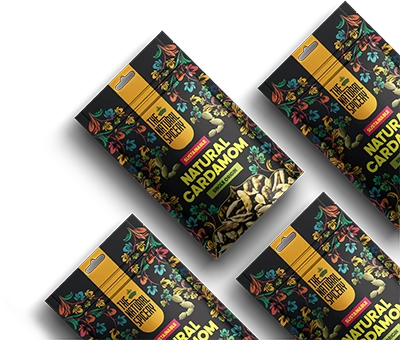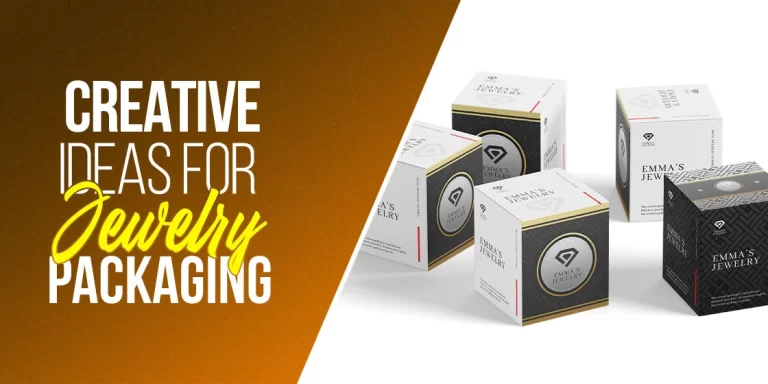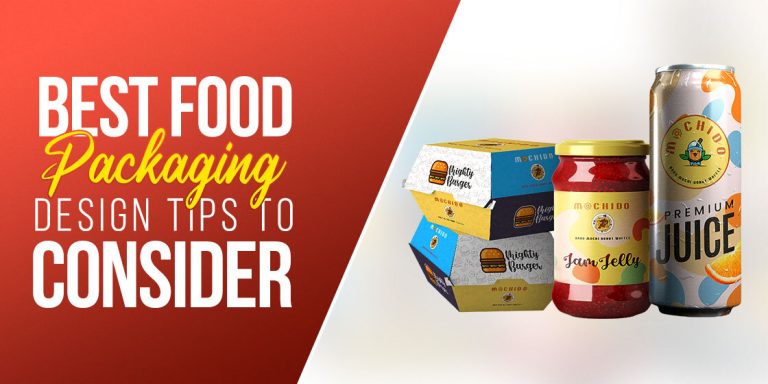
Table of Content
What is Product Packaging?
Product Packaging is a creative field that involves the art and science of designing containers or packaging for products. Product packaging designers must have a strong understanding of the product being packaged, the needs of the customer, and the manufacturing process in order to create an effective design. For this reason it’s very important for companies to avail branding services from experienced professionals.
There are many different types of packaging designs, including:
- Labels
- Boxes
- Bags
- Wrapping paper
- Product manuals
Why Product Packaging Matters?
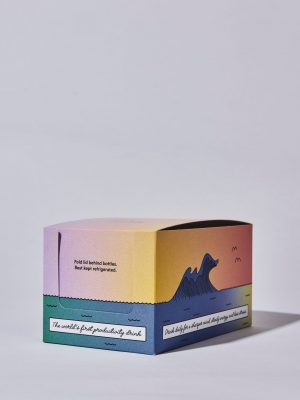
Product package designing could be a highly competitive field depending on the type of target industry a package designer is working for. Package designers must be able to create designs that are both practical and visually appealing.
This is because, in many cases, the packaging of a product is the first thing that a customer will see when they encounter a product. And because they say, first impression is the last impression, a product packaging is not merely the wrapping of a product, rather, it’s an experience, an experience of buying a new product, of being associated with a brand.
Thus, because companies want their consumers to know that they’ve made a product with immense hard work and passion, in an effort to communicate this, companies go an extra mile to make the entire experience of a purchase as special as possible.
This race towards providing the best experiences has led to the creation of hundreds of YouTube channels that garner millions of views everyday by sharing unboxing videos. It’s a sign that a great package design is not something that is offered as a bonus to consumers, rather it is something which consumers themselves demand today.
It’s a consumer’s demand because they want to have the reassurance that the manufacturers have produced the product with utmost care, focusing on meticulous details. However, coming up with new packaging ideas is not as easy as it sounds, for it has a complex process that involves many different skills, including:
- Graphic design
- Industrial design
- Knowledge of different packaging materials
- Knowledge of health and safety regulations for packaging of consumer products
- Branding and Marketing
- Product placement & advertisingBesides the need to possess these skills, package designers must be able to work within the constraints of the manufacturing process to create a design that is both practical and aesthetically pleasing. In some cases, they may need to make compromises in order to meet the needs of the customer or the manufacturer.In short, product packaging design is a dynamic and ever-changing marketing medium, as new technologies and materials are constantly being developed. As such, package designers must be able to adapt their designs to meet the changing needs of the market.
What Are Some Common Mistakes Made in Product Packaging?
When companies make a budget for designing the most presentable branding package designs, there is little to no room for making any errors, because much of what’s spent on the process is based on the experience of a package design, and not the basic purpose that a packaging serves.
Otherwise, making these packages would not cost as much to a company if they were to sell them in non-branded, simple product packaging. Yet, there are some common mistakes that companies make while working on a product design.
Misleading Product Package Designs
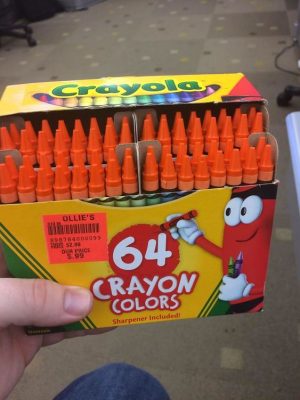
Product packaging designs should be able to communicate what a product is all about. Failing to communicate this can create massive problems for a brand. Often buyers select products too quickly, most often just by the way they look (which is the very purpose of package designing). Thus, it’s crucial for a packaging design to be perfectly suitable for its designated product.
Take the example of Tide Pods; their initial packaging is the perfect example of what can go terribly wrong if a product is not packaged properly. It begs one to ask why the manufacturers did not feel that the branding elements on the packaging made it look more like a box of candies, because almost anyone who came across the detergent mistook it for a jar of sweets, despite the product clearly sporting one of the top cleaning business names on it.
Multiple cases were reported where people ingested the colorful tide pods and had to be taken to the hospital under emergency circumstances. After several of these cases were reported, Tide Pod changed the transparent packaging that made it look like a candy jar, and instead opted to have an entirely opaque packaging to hide the inside contents.
This case study is perhaps the best example of why packaging design should not be misleading. To avoid this, market research of what people think about a product is crucial before launching it into the market.
Failed Attempts at being Eco-friendly
Often, brands, despite taking an eco-friendly stance, fail to truly implement a sustainable packaging design. The increasing demand for eco-friendly products has really pushed brands to come up with better materials used in products and in their packaging.
However, sometimes in a desperate attempt to meet the consumer demands, brands have tried to falsely advertise their products, claiming them to be eco-friendly and sustainable.
One such incident took place when Huggies advertised its new product that they claimed to be more environmentally friendly. But customers soon realized that the so-called organic cotton was only used externally on the nappy. Not just that, they were selling the new product for a higher price tag.
Evidently, based on a lie, Huggies was not only making more sales on the basis of selling an eco-friendly product, but they were also charging a higher price for it.Upon being criticized for tricking their customers, Huggies eventually realized it’s mistake and discontinued the diaper.
Several such eco-friendly endeavors have failed because in a bid to simply jump on the bandwagon, companies did not critically think whether their eco-friendly solution was really viable or not.
Excessive Product Packaging:
When brands use excessive packaging material regardless of whether it’s really needed or not to protect the product, they do more harm than good by failing to add value to the customer’s experience.
Each and every layer of packaging should be meaningful in the sense that it should provide some value to the customer and give them a surprisingly memorable experience.
Not only does such excessive packaging risk spoiling what could have been an amazing unboxing experience, but it can also hamper all your efforts to build an eco-friendly brand.
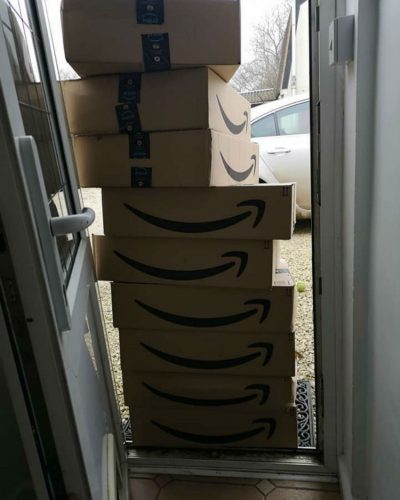
Take the example of this excessive packaging bearing the Amazon Logos. As one of the most reputable brands of the United States, it’s surprising to see that when a customer ordered nine window films to make her home more energy efficient, Amazon carelessly delivered the product in 9 boxes, when 1 or 2 would have been enough for the job.
Extraordinarily Secure Packaging:
Sure, product packaging should be very secure and durable. However, not so secure that opening the packaging becomes a feat in itself. This often becomes a nuisance for customers.
For example, when they’re on the go, at a picnic, and ready to munch on a bag of chips, only for half of the chips to spill all over the floor because the packaging just wouldn’t open easily.
Or, take the example of a securely packed pair of scissors, packaged such that opening the package itself would require scissors.
Things to consider, before you begin designing a package for a product:
Before starting the actual process of creating packaging designs, it is important to take certain things into consideration which will be really important in determining what type of a package design you wish to create.
This shall give your project a direction, which always helps in ensuring that you’re sticking to what’s been planned as a team.
The Customer: Who is the Customer? What Do They Need?
The first step is to consider who the customer or your target audience is. This is important because you need to design the packaging in a way that will appeal to them.
Also, how you package the product depends on how the product is used by your customers. Take for example, a customer who buys a product online. They will have different needs than a customer who buys the same product in a store.
Someone who has visited your store certainly wouldn’t need to have an item packaged the same way as someone who has ordered the product from an online store.
The Competition: Who are Your Competitors? What are They Doing?
Without knowing who you’re competing against, effectively designing a package to make a great impression on consumers would not be possible. So, you must ask yourself who your competitor is and what they are doing to market their products. This will give you an idea of what works and what doesn’t work in terms of packaging.
Moreover, while it’s important to be different, you also need to make sure that your packaging is practical and will appeal to your target audience. In terms of practicality, the cost incurred in designing and manufacturing the product packaging is also as important for consideration as the look and use of the packaging.
Intel’s 2018 packaging for its i9 processors is a good example of how package designs can be unique and practical at the same time. The cost incurred in the packaging of their processors is justifiable given how loyal customers use the packaging as a way of showing their brand loyalty.
The Manufacturing Process:
Package designers also need to consider the manufacturing process. This helps them to determine what packaging options are available and which one is best for their product. There are many different types of packaging, and each has its own set of pros and cons.
An obvious example is of a product that is fragile and needs to be shipped. In the case of such a product, it might be best suited for a different type of packaging than a product that is being sold in a store. This will ultimately decide what materials will be used in manufacturing the packaging.
The Environment: Is the Packaging Material Sustainable?

With the emergence of new trends, package designs are always evolving, so it is crucial for brands to stay ahead of the curve.
Currently, with the focus on sustainability, it is important to consider how product packaging will affect the environment. This includes the materials you use, as well as how the packaging will be disposed of.
As consumers are becoming more aware of the impact their purchases have on the environment, they are looking for brands that are eco-friendly. Thus, many companies are now looking for ways to reduce their carbon footprint, and packaging is a great place to start.
There are many options available for eco-friendly packaging. These include using recycled materials, biodegradable materials, and even compostable packaging.
Eco-friendly packaging is not only good for the environment, but it can also be good for your brand. Many consumers are now looking for brands that are eco-friendly and sustainable.
Testing: How will the packaging be tested?
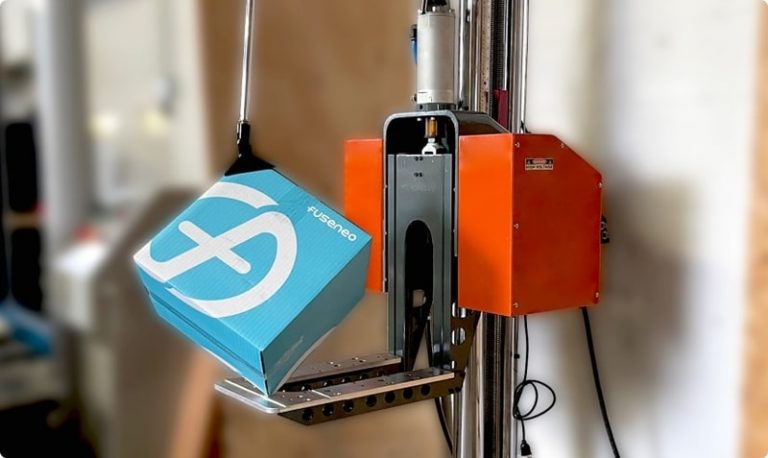
How do you know if a product packaging is effective in its basic purpose of providing maximum security to the carrier?
Package design is not something that can be done without testing. You need to make sure that your packaging is practical and that it will appeal to your target audience.
There are many different ways to test packaging. This includes focus groups, surveys, and even real-world testing.
Real-world testing is when you actually put the packaging to use and see how it holds up. This is a great way to see if there are any problems with the packaging that you might not have considered.
The Timeline: How long does the process take?
Package design is a complex process that takes time and effort to get right. The timeline for a project will depend on the size and scope of the project.
For a simple project, you might be able to complete the design in a few weeks. For a more complex project, it might take several months to complete. Thus, it’s important to ensure that the entire process of designing and producing the packaging is aligned for completion within the deadline.
Frequently Asked Questions
| 1- What is product packaging? Product Packaging is designed to wrap and protect products. Brands often design these such that they are aligned with their branding elements. |
| 2- What is the importance of product packaging? The primary purpose of a product packaging is to protect the contents that are secured inside of them. Besides this obvious reason, packaging is often used as a way of promoting the brand that has manufactured it, as well as to make the experience of purchasing that product more exciting for consumers. Overall, product packaging serves four purposes: containment, protection, convenience and communication. |
| 3- What is the difference between package and packaging? Packaging is the material itself that is used to contain a product. It is also used to describe the process of securing a product by wrapping it or placing it in a box. On the other hand, a package is both the product as well as the packaging material combined together, as a whole. |
Conclusion
Package designs can make or break the overall buying experience for a consumer. If you do it correctly, you can leave a lasting impression, and if you fail to do it correctly, you would still leave a lasting impression, although a negative one.
Thus, if brand’s do not wish to create amazing products with underwhelming package designs, it is important for them to hire designers who can follow the industry best practices, and provide consumers with the most memorable unboxing experience.

Logopoppin
Logopoppin is a graphic design agency that specializes in logo designing, web development, video production and advanced branding services. We love to innovate businesses with new age technologies, allowing them to improve their visual reputation.

